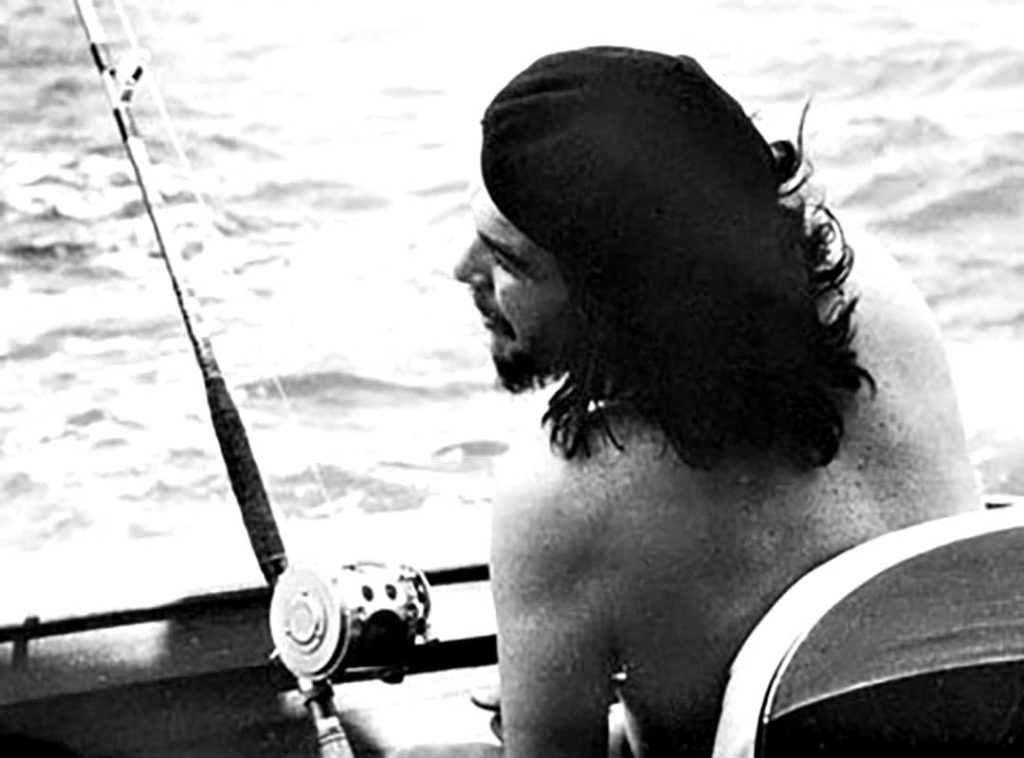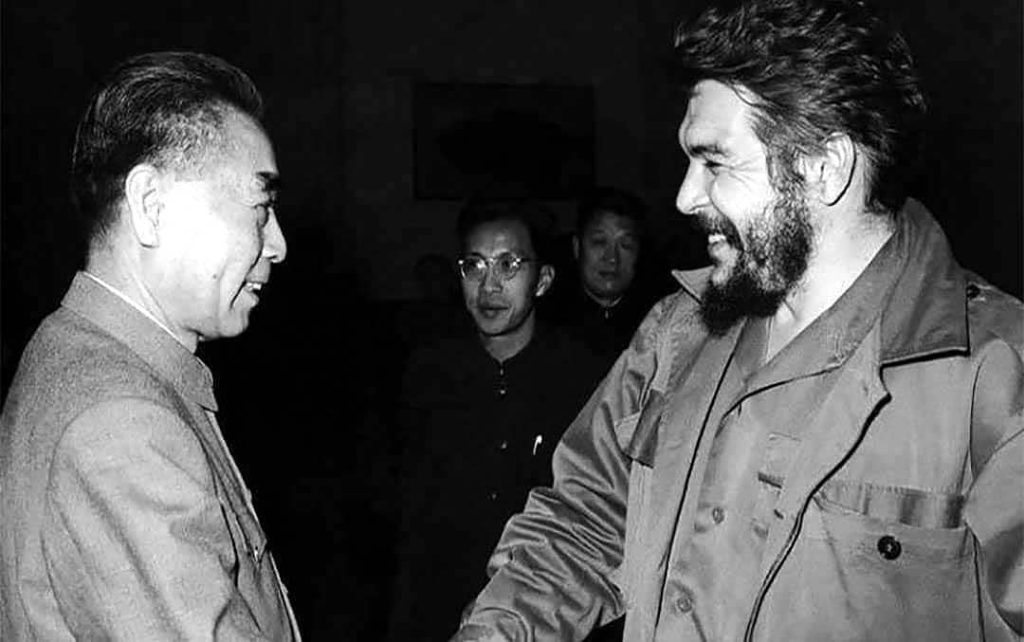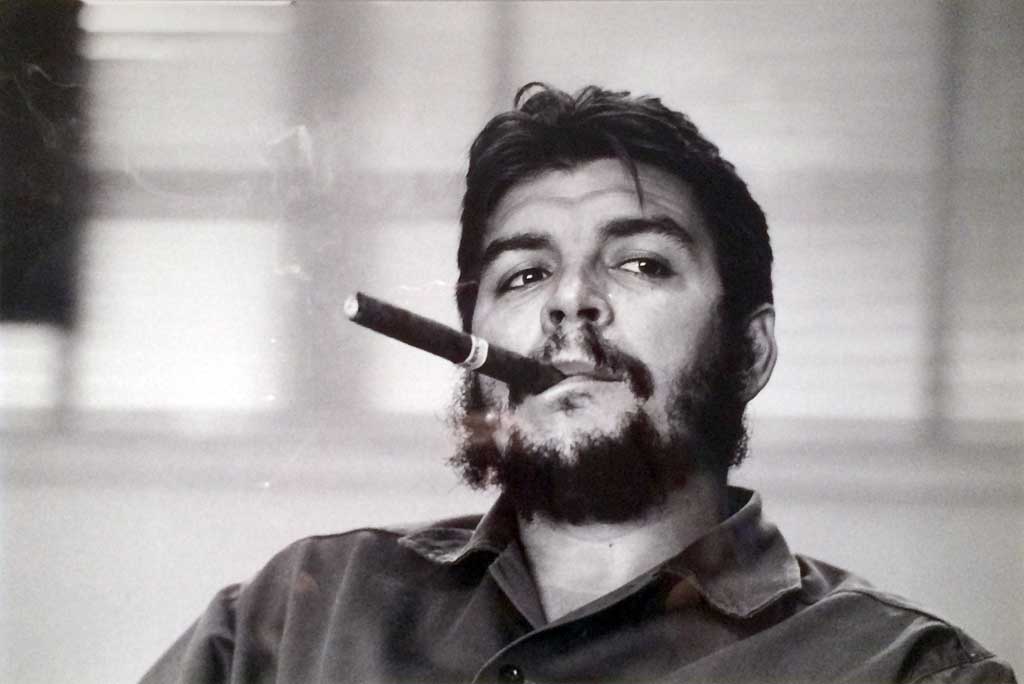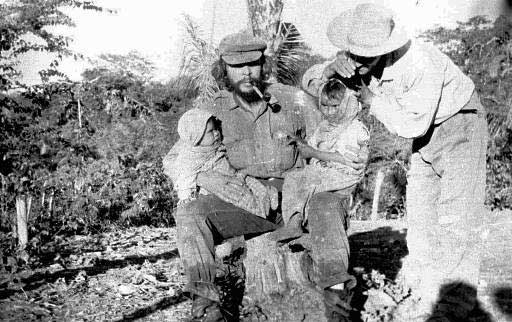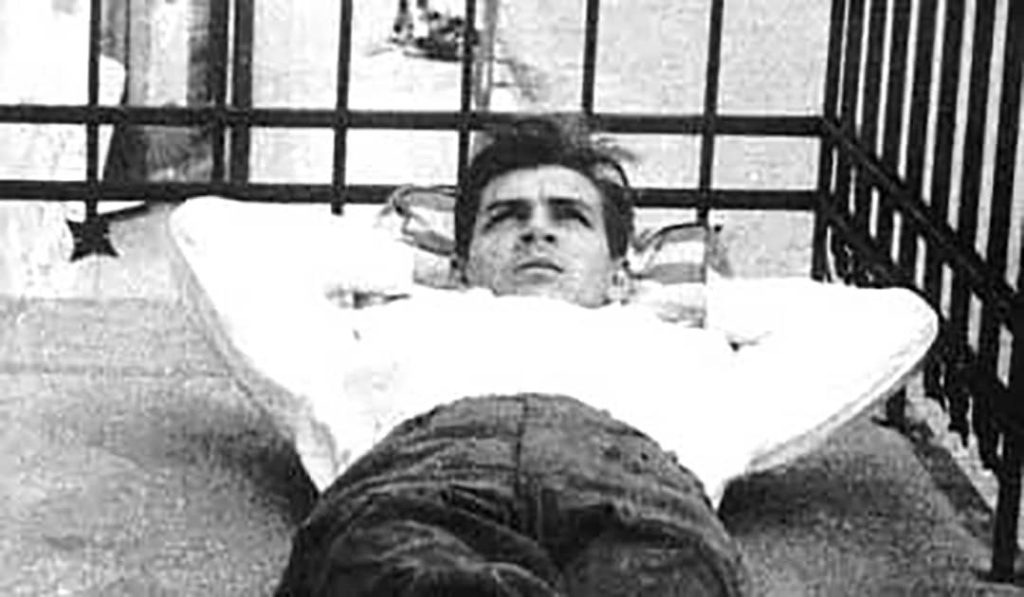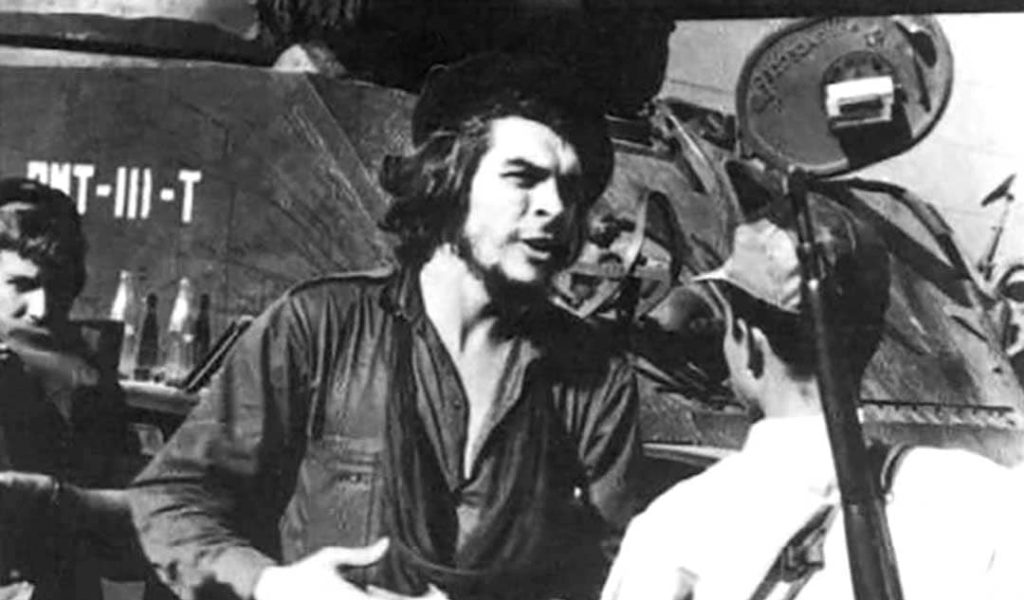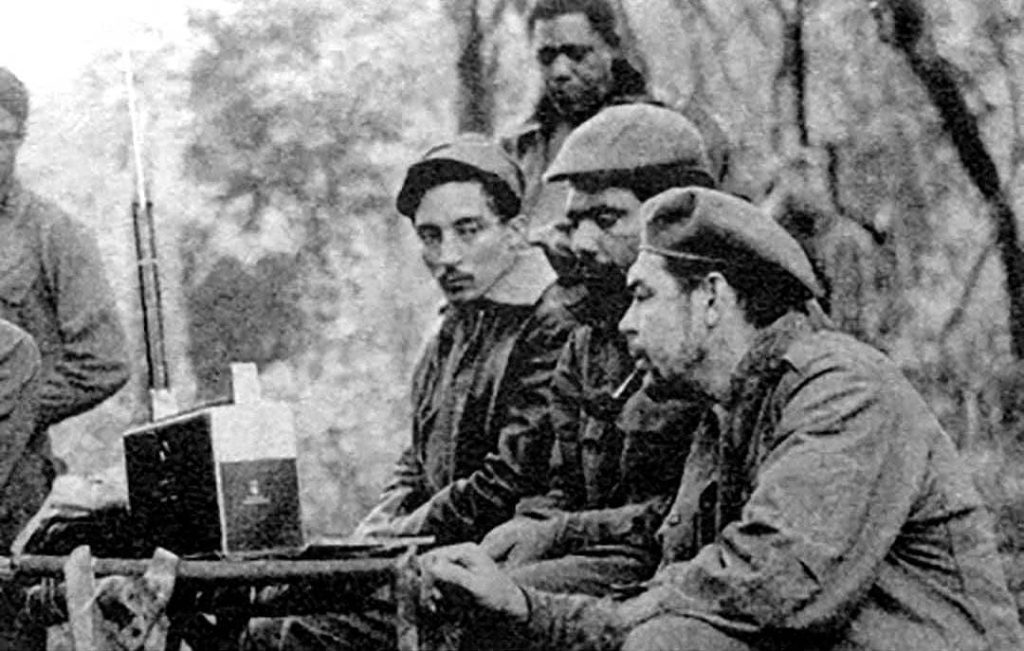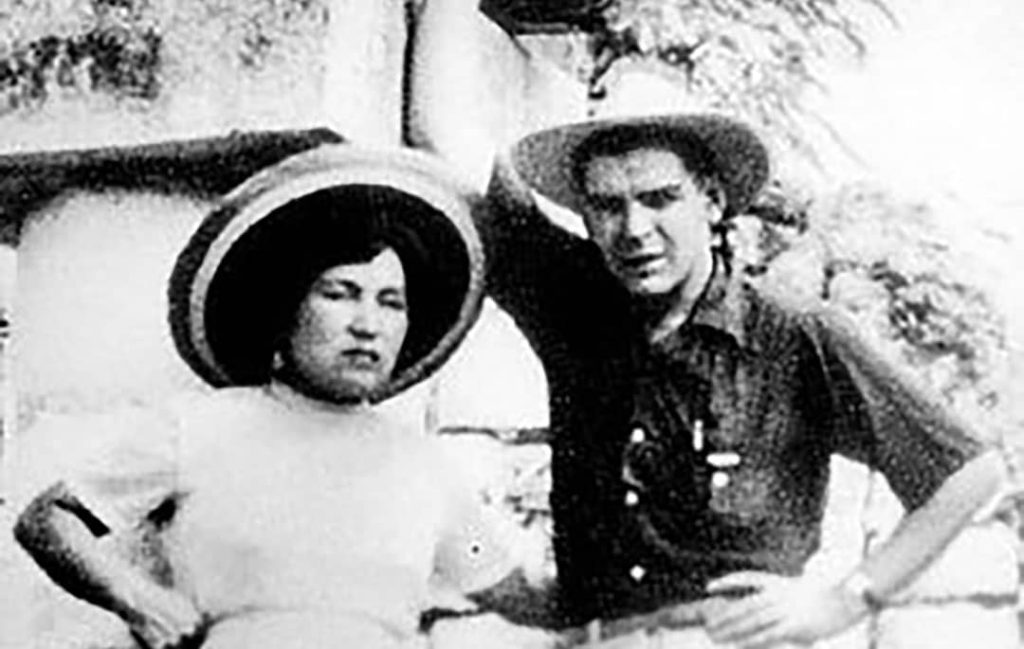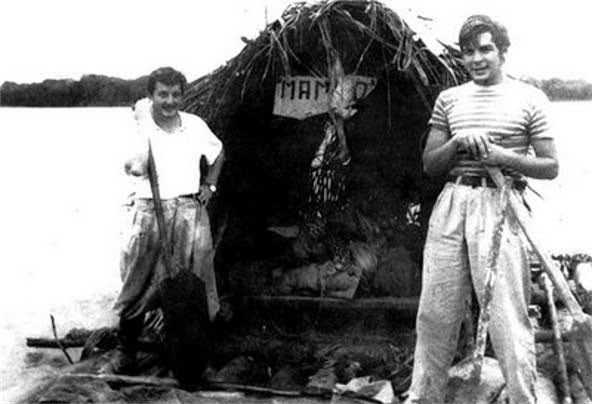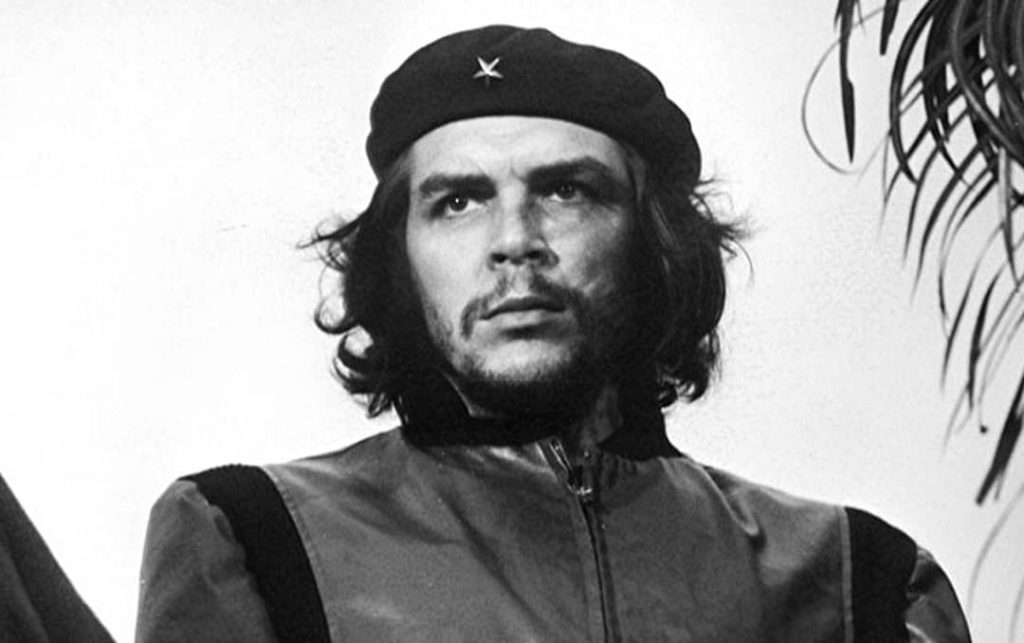
Writer, Revolutionary Socialist Politician & Guerrilla Warrior
Che Guevara
Ernesto Guevara (1928-1967), better known as Che Guevara, was an Argentine writer and revolutionary communist politician, whose sudden death at the age of just 39 resulted from his execution on the orders of the serving President of Bolivia.
Ernesto was born in the large city of Rosario, in Santa Fe, Argentina, to a father of Irish descent also called Ernesto, and a mother of Spanish ancestry named Celia. His father had been a supporter of the anti-monarchist Spanish Republican movement of the 1930s and an opponent of the nationalist insurgency that characterised the Spanish Civil War.
In his childhood, Guevara was a competitive chess player and a keen sportsman, with a particular aptitude for rugby union.
Alongside his sporting interests, he enjoyed intellectual and literary ones, including poetry, novels, philosophy, psychology, political science, sociology and history. His parents’ house is said to have contained more than 3,000 books, giving him ready access to a wide range of international literature, including works of leftist philosophy by such luminaries as Karl Marx, Friedrich Engels, Albert Camus and Jean-Paul Sartre, and the literature of a variety of Latin American poets, playwrights and novelists. Guevara would later cite Marx as his primary ideological influence for his contributions to the Cuban Revolution.
Guevara studied medicine at the University of Buenos Aires from 1948, and was awarded the degree of Doctor of Medicine in June 1953. In connection with his studies of medicine, he completed a six-month placement as a nurse on various ships belonging to his country’s merchant marines.
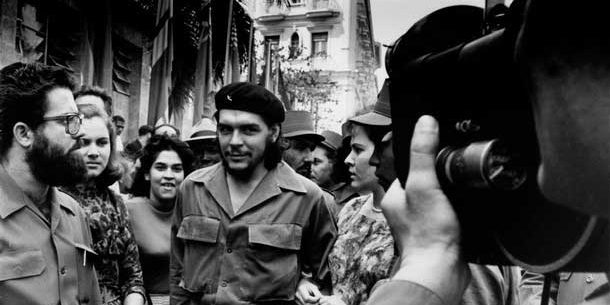
During his student years, he also took some time off to travel widely in rural Argentina and in other parts of South America and Central America, including Chile, Peru, Ecuador, Colombia, Venezuela and Panama. These travels brought him face to face with the severe poverty of rural tenant farmers, the terrible working conditions of miners, and the solidarity of inhabitants of a leper colony, helping to crystallise his leanings towards revolutionary communism, as he felt a calling to help the desperately poor, starving and sick.
Immediately following his graduation, Guevara set off on another lengthy multinational tour of Central and South America, this time taking in Bolivia, Costa Rica, Ecuador, El Salvador, Guatemala, Honduras, Nicaragua, Panama and Peru. During this tour, he took against the capitalist exploitation of fruit farmers by the United Fruit Company, a United States-based business that controlled wide swathes of fruit plantations in several Central American countries at the time. Upon his arrival in Guatemala that December, impressed by the policy of the socialist government of President Juan Jacobo Árbenz Guzmán (1913-1971) to nationalise and then redistribute to rural peasants all privately owned agricultural land that was not currently being actively cultivated, including many landholdings of the United Fruit Company, Guevara decided to settle there.
In Guatemala, Guevara met Peruvian economist Hilda Gadea, a member of the leftist Peruvian political party Allianza Popular Revolucionaria Americana, who introduced him to some senior ministers in the Guatemalan government. Guevara and Gadea would later marry in September 1955.
Also in Guatemala, Guevara met various Cuban associates of Fidel Castro who were in exile from Cuba following a failed coup attempt against the dictatorial Cuban government of President Fulgencia Batista (1901-1973) by Castro in July 1953. These associates included Antonio López Fernández (1932-1956), better known as Ñico López. Ernesto acquired the nickname ‘Che’ while staying in Guatemala as a result of his habit of interjecting the word Che (a common filler word among Argentinian Spanish speakers) into his sentences.
In June 1954, the United States Central Intelligence Agency, acting on a covert directive by President Dwight Eisenhower, sponsored a successful military coup led by right-wing nationalist military officer Castillo Armas (1914-1957), forcing the resignation of Guatemalan President Árbenz on the 27th of June.
Guevara initially volunteered to fight, firstly to resist the armed coup, and then to overthrow the military junta that had seized power, but soon became a marked man, and decided to flee the country for his own safety. He escaped to Mexico, where he arrived in September, after obtaining a pass allowing him safe conduct there following negotiations overseen on his behalf by the Argentine consulate.
In order to change a way of thinking, it is necessary to undergo profound internal changes and to witness profound external changes, especially in the performance of our duties and obligations to society.
The US-orchestrated coup d’état that Guevara had directly witnessed overthrowing a democratically elected socialist government in favour of a nationalist military dictatorship turned him ever more strongly against the United States government and in favour of revolutionary socialism.
In Mexico City, Guevara found work as a doctor at a children’s hospital, and also part-time work as a lecturer on medicine, and as a photographer for a news agency.
In 1955, Guevara was introduced by López to future Cuban President Raúl Castro, who in turn introduced him to his elder brother Fidel Castro (1926-2016), then leader of a revolutionary organisation called the 26th of July Movement, named after Castro’s failed coup of July 1953. Fidel and Che became friends and allies in a common political cause opposed to American imperialism and the repression of democracy. Che joined the 26th of July Movement personally, and began to participate in its military training programme targeting a guerrilla warfare campaign against the Batista government.
In November 1956, Guevara entered Cuba as part of a group of trained 26th of July Movement guerrilla fighters. He was eventually promoted by Fidel to a senior commander role answering directly to Castro. In his new role as military second-in-command to Castro, Guevara was strict, showing no mercy for deserters and suspected traitors, who were sometimes executed. The Batista government meanwhile ruled with an iron fist, executing many civilians as well as prisoners of war.
The capture of the substantial city of Santa Clara in December 1958 prompted Batista to flee Cuba for the Dominican Republic, taking a vast ill-gotten fortune estimated at $300,000,000 with him. After this, the capital city of Havana fell swiftly to the rebels, and Castro arrived on January 8th, 1959 subsequently becoming Prime Minister on February 16th after a provisional government under President Manuel Urrutia Lleó (1901-1981) bridged the gap.
Guevera then turned his attention to forming a think tank for the socioeconomic development of Cuba, named the Tarará Group, and was honoured for his contribution to the Cuban Revolution by the award of Cuban citizenship.
During the latter part of the war, Che had embarked on an extra-marital affair with Aleida March, a fellow-member of the 26th of July Movement. When his wife caught up with him in January 1959, she found him living with Aleida, leading her to start divorce proceedings. Che then married Aleida on the 2 June 1959, just 11 days after his divorce from Hilda on 22 May.
For most of the first half of 1959, Guevara was appointed governor of a prison in Havana called Fortaleza de San Carlos de la Cabaña. His role included the administration of justice via tribunals to war criminals who had committed atrocities such as civilian executions while fighting for the Cuban army on behalf of the Batista administration, as well as to traitors and informants, a system of retribution that enjoyed a high level of public support at the time. The tribunals nationwide selected a few hundred of the perceived worst offenders, accused of such heinous crimes as torture and civilian murders, and sentenced them to death by firing squad. Several score of these executions (estimates vary, but possibly as many as 100) were carried out under Guevara’s jurisdiction at la Cabaña.
Che also drew up the first legislation for the redistribution of agricultural land. The result was that during the next few years a series of laws was enacted, the first of which, in 1959, not only nationalised foreign-owned land and redistributed the ownership of land from very large private landowners to working farmers, but also abolished the payment of rents on all agricultural land. He saw these reforms as being essential to the attainment in Cuba of social justice. Although farms smaller than 3,333 acres were spared from redistribution in this first wave of legislation, Castro would later adopt a more comprehensive nationalisation programme, with all farms over 165 acres being nationalised in 1963.
In late 1959, an Instituto Nacional de Reforma Agraria (INRA) was established as a government agency to implement the first wave of seizures, against a backdrop of fierce opposition by landed interests, including companies headquartered in the USA. The IRNA was empowered to carry out its work by an armed militia of 100,000 soldiers.
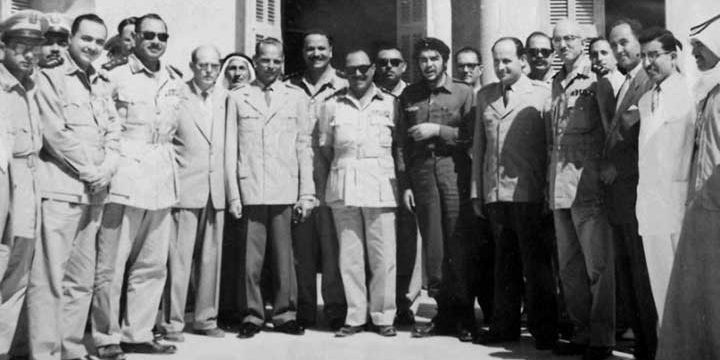
From June to September 1959, Guevara was sent out by Castro on a tour of Africa and Asia, to build trade relationships between Cuba and 14 signatories to the Dasasila Bandung of 1955, a declaration on the promotion of world peace and co-operation, which was intrinsically opposed to colonialism.
In November 1959, Che was appointed President of the Central Bank of Cuba, a position he would retain until February 1961, when he transferred to the role of Minister of Industries, a position he would hold until April 1965.
In 1961, Guevara initiated a government programme of educational reform in Cuba to improve literacy rates, the Campaña Nacional de Alfabetización en Cuba, which included a task-force of 100,000 volunteers dispatched to the countryside to establish schools, teach reading and writing, and train new teachers. The programme was a resounding success, raising literacy rates from around 77% to 96% within eight months.
During Che’s years in government, factories, banks and other businesses, including those outside agriculture, were increasingly nationalised. He also promoted the reform of people’s social values, establishing an ideal of the Hombre Nuevo (New Man) who would be selfless, non-materialistic and egalitarian, with women being treated equally to men. At the same time, the moral value of hard work was emphasised and rewarded by a system of certificates of attainment. To help root this ideal in society, numerous organisations affiliated to the governing movement, such as young communist leagues, women’s groups, labour groups, community centres and houses of culture, were established, and the mass media were nationalised.
Under the socialist reforms in Cuba, trade with the USA and other western capitalist economies suffered, but trading relationships were established with other communist countries, including the Soviet Union, East Germany, Czechoslovakia and Hungary.
In April 1961, Cuba was the scene of an attempted armed insurrection by a group of 1400 Cuban exiles who had received secret military training from the USA for the purpose of unseating the Castro government. The insurgency failed after armed resistance by the Revolutionary Armed Forces of Cuba, and according to Guevara, this strengthened the solidarity of the Cuban people.
Guerrilla warfare is a people's warfare; an attempt to carry out this type of war without the population's support is a prelude to inevitable disaster.
In the summer of 1962, Guevara oversaw the placement of Soviet nuclear missiles on Cuban land in response to the placement of American nuclear missiles on Italian and Turkish land the previous year. In October 1962, this caused a crisis in the relationship between the USA and the Soviet Union known as the Cuban Missile Crisis. Advisers to President John F. Kennedy encouraged him to order air strikes on Cuba followed by a land invasion, but the crisis was averted when he opted instead for a naval blockade of Cuban ports. This was followed by negotiations with President Khrushchev aimed at the dismantling of the nuclear missiles already lodged in Cuba, in return for guarantees from the USA that it would not lead another invasion of Cuba.
Guevara, however, saw Krushchev’s capitulation and agreement to dismantle the missiles as a betrayal of Cuba by the Soviet Union.
In December 1964, Guevara addressed the United Nations on behalf of Cuba in New York City, raising the issue of apartheid in South Africa as being in need of reform with the help of the UN. During this official visit, two would-be Cuban assassins opposed to the Castro government, a woman with a knife and a man with a bazooka, tried unsuccessfully to murder him.
In February 1965, Che gave a rousing anti-imperialist speech at a conference on Afro-Asian economic solidarity held in Algiers, in which he jointly accused all Northern Hemisphere powers, including both the USA and the Soviet Union, of the imperialist exploitation of countries of the Southern Hemisphere.
Upon his return to Cuba, Guevara mysteriously disappeared from public life. In October, Castro sought to quell rumours over his disappearance by displaying Guevara’s undated letter of resignation from his ministerial positions in Cuba in favour of the pursuit of the revolutionary socialist cause overseas, a letter Castro claimed had been written around March that year.
In the meantime, Che had been on a secret mission to the Democratic Republic of the Congo, where, adopting the alias of Ramón Benítez, and leading a team of 13 fellow-Cubans and a further squadron of about 100 Afro-Cubans, he had sought to assist the leaders of the Marxist Simba movement during its armed rebellion of 1963-1965, teaching them guerrilla warfare strategies. Guevara’s whereabouts were traced, and his communications intercepted, by the CIA, helping the Force Publique (Congolese National Army) to thwart his campaign. In November, defeated and suffering from poor health, he and the six survivors from his Cuban entourage left the country.
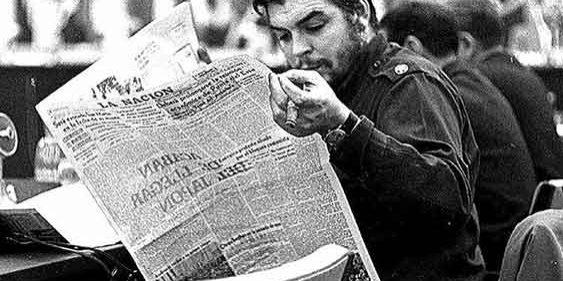
Feeling humiliated by Castro’s recent public revelation of his farewell letter, Guevara elected not to return directly to Cuba, instead taking refuge in the Cuban embassy at Dar es Salaam, in Tanzania, for the following six months, before moving to Czechoslovakia, where he hid in a Cuban safehouse in Prague. He also took time to visit exiled former President of Argentina Juan Perón (1895-1974), then resident in Spain, informing him of his next plan, which was to instil socialist revolution throughout Latin America, beginning with Bolivia. Perón subsequently claimed to have warned Guevara that this mission would be suicidal.
Guevara arrived in Bolivia in October 1966, after heavily disguising his appearance and adopting a false identity as a Uruquayan businessman called Adolfo Mena González. After heading to the remote countryside, he established with some difficulty a guerrilla army of fifty called the Ejército de Liberación Nacional de Bolivia. It began to fight the Bolivian army the following winter, and achieved some successes in the first half of 1967 in spite of logistical problems and a lack of support from the Communist Party of Bolivia.
However, as the year wore on, both Guevara and his forces suffered from declining health and limited resources, limiting the effectiveness of their campaign. Finally, in October 1967, an informant revealed the location of Che’s guerrilla camp to the Bolivian authorities. This led to an ambush by Bolivian Special Forces that culminated in his wounding and capture on October 8th.
Guevara’s fate was sealed by an executive order from the President of Bolivia, René Barientos Ortuño (1919-1969), to have him killed. He was shot in the arms and legs and then fatally in the chest by Mario Terán Salazar (1942-2022), a warrant officer for the Bolivian Army who volunteered for the role of executioner to avenge the recent deaths of some of his fellow soldiers at the hands of Guevara’s guerrillas.
The death of Guevara was publicly announced on October 15th by Castro, who declared three days of national mourning. On October 18th, Castro gave a speech before a million-strong crowd at the Plaza de la Revolución in Havana, eulogising Guevara as an example for Cubans to emulate.
